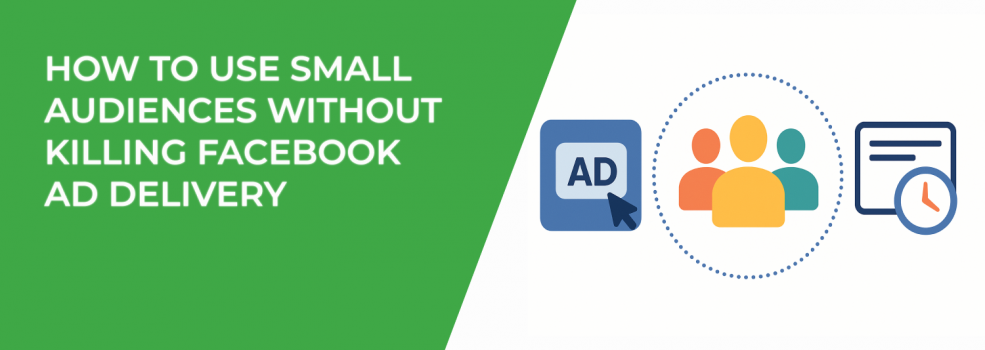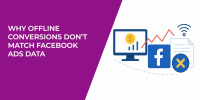Running Facebook ads to small audiences sounds smart. After all, you're targeting the exact people most likely to convert, right?
But if you've tried it, you know how frustrating it can be. Delivery stalls, costs shoot up, and you end up wondering whether it was worth it at all.
It can be — if you do it the right way.
Here’s how to make small audiences work without wrecking your Facebook ad delivery.
1. Keep Campaign Structure Simple
When your audience is small, your structure needs to be even tighter. Too many ad sets, too many variations, or too many breakdowns can crush delivery.
To set yourself up for success:
-
Use only one ad set per small audience, to give the algorithm more data in one place.
-
Stick to one or two creatives per ad set, instead of spreading learning across multiple assets.
-
Avoid unnecessary splits, like separating by age or gender, unless the data justifies it.
This gives Facebook’s system room to learn — even if you’re working with a limited pool of people.
For more help designing audiences, check out Facebook Ad Targeting 101: How to Reach the Right Audience.
2. Optimize for Realistic Events
A common mistake? Optimizing for conversions like "Purchase" when your small audience isn’t ready — or big enough — to deliver them at scale.
If your event volume is low, try higher-funnel optimization. Some great alternatives include:
-
Landing Page Views, which happen more frequently and still indicate interest.
-
Add to Cart, which signals strong intent without requiring a completed sale.
-
Initiate Checkout, which is close to conversion but more likely to fire often.
These help Facebook learn faster and stabilize your delivery before you shift to deeper actions.
If you’re stuck in learning for too long, this post on How to Finish the Facebook Learning Phase Quickly is worth a read.
3. Warm Up Your Audience First
Launching a new campaign to a small audience without any history? That’s a fast track to weak delivery. Facebook’s algorithm works best when it has recent data.
Here’s how to warm things up:
-
Run a broader campaign first, to drive traffic, views, or engagement.
-
Build custom audiences based on this activity, such as video viewers or site visitors.
-
Then, launch your small audience campaign using these warm signals.
This approach feeds the pixel the context it needs to deliver efficiently — especially with smaller groups.
If your ad set isn’t delivering at all, you may be facing the dreaded "zero delivery" problem. Learn how to solve it in Why You See 'Ad Set May Get Zero' on Facebook and How to Fix It.
4. Don’t Fear High Frequency (At First)
With small audiences, higher frequency is expected — and not always bad. If you’re targeting people who are already familiar with your brand, repeated exposure can increase conversions.
Here’s what to keep in mind:
-
If your performance holds steady as frequency increases, don’t panic.
-
If your click-through rate drops or your costs spike, it’s time to refresh creatives.
Knowing when to refresh is crucial. You can explore warning signs in Ad Fatigue on Facebook: How to Spot It Early and Fix It Fast.
5. Match Budget to Audience Size
Overspending on a small audience is a quick way to burn it out. Facebook simply runs out of people to show your ad to — and you end up paying more for less.
Start with a modest daily budget:
-
For audiences under 10,000 people, keep it around $10–$20 per day.
-
For audiences between 10,000–50,000, a range of $25–$50/day often works well.
Let performance guide your next move. Scale slowly, and only if the results are holding strong.
If your Facebook ads aren't converting the way you'd hoped, see Facebook Ads Not Converting: How To Fix It.
Final Thoughts
Small audiences aren’t the issue. Bad strategy is.
You need to give the Facebook algorithm what it needs — clean structure, smart optimization events, a warmed-up pixel, and realistic budgets. Do that, and even small audiences can bring in big returns.
Want to get even more from your targeting? Don’t miss How to Define a Target Audience for Marketing: A Step-by-Step Guide.
Sometimes, it's not about doing more — it’s about doing smarter. And that starts with how you handle small but mighty audiences.

